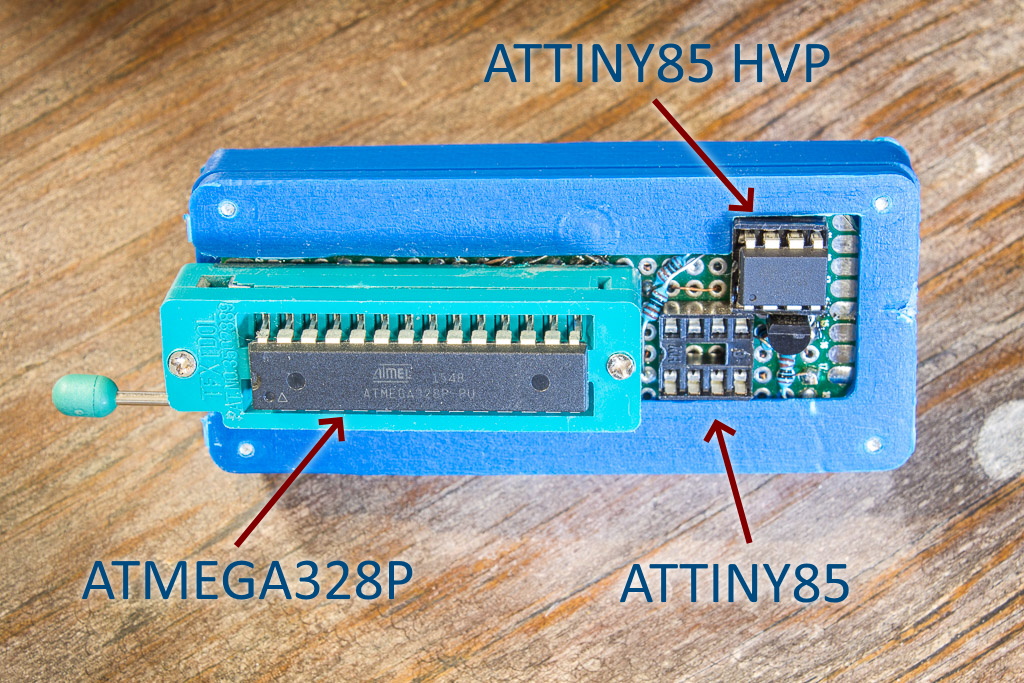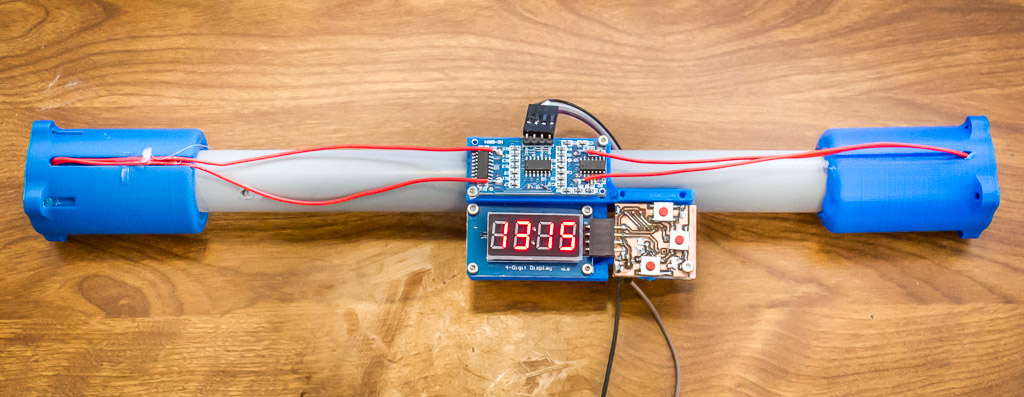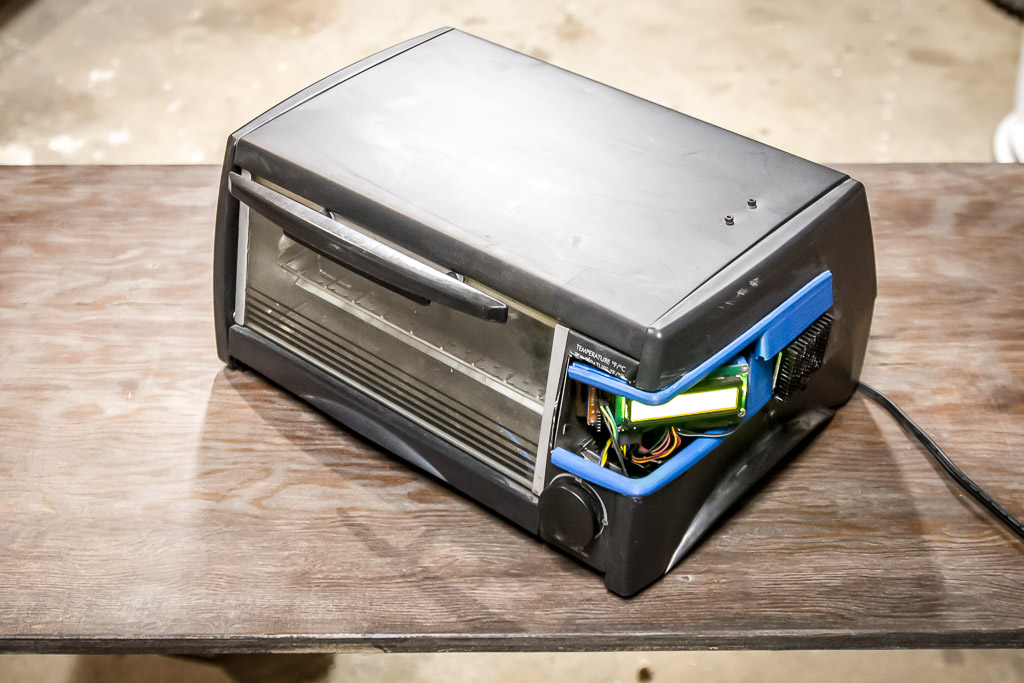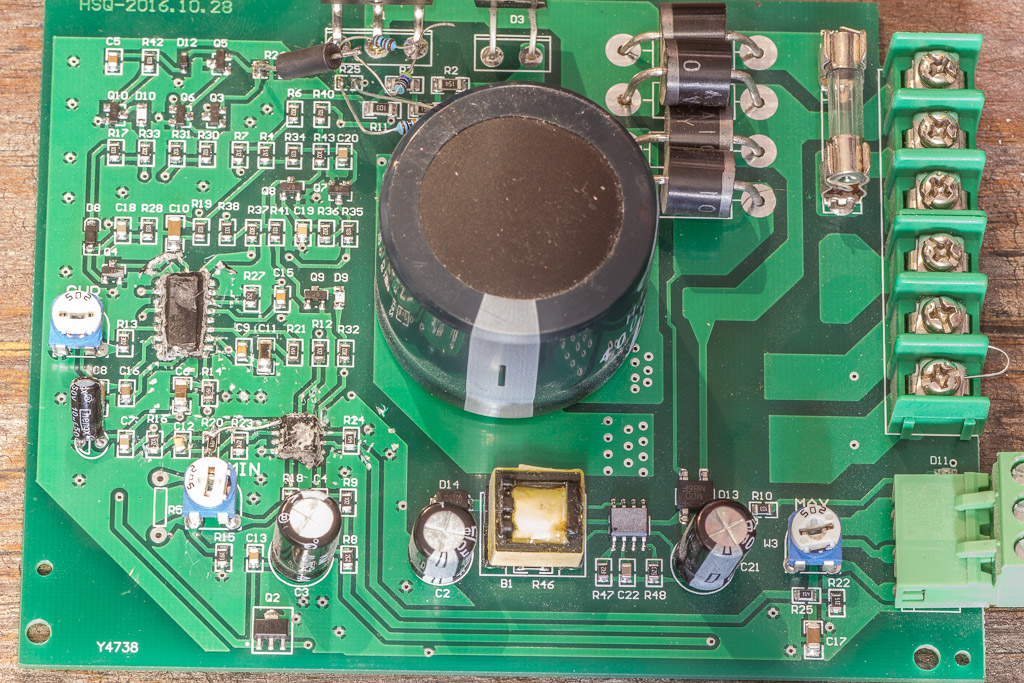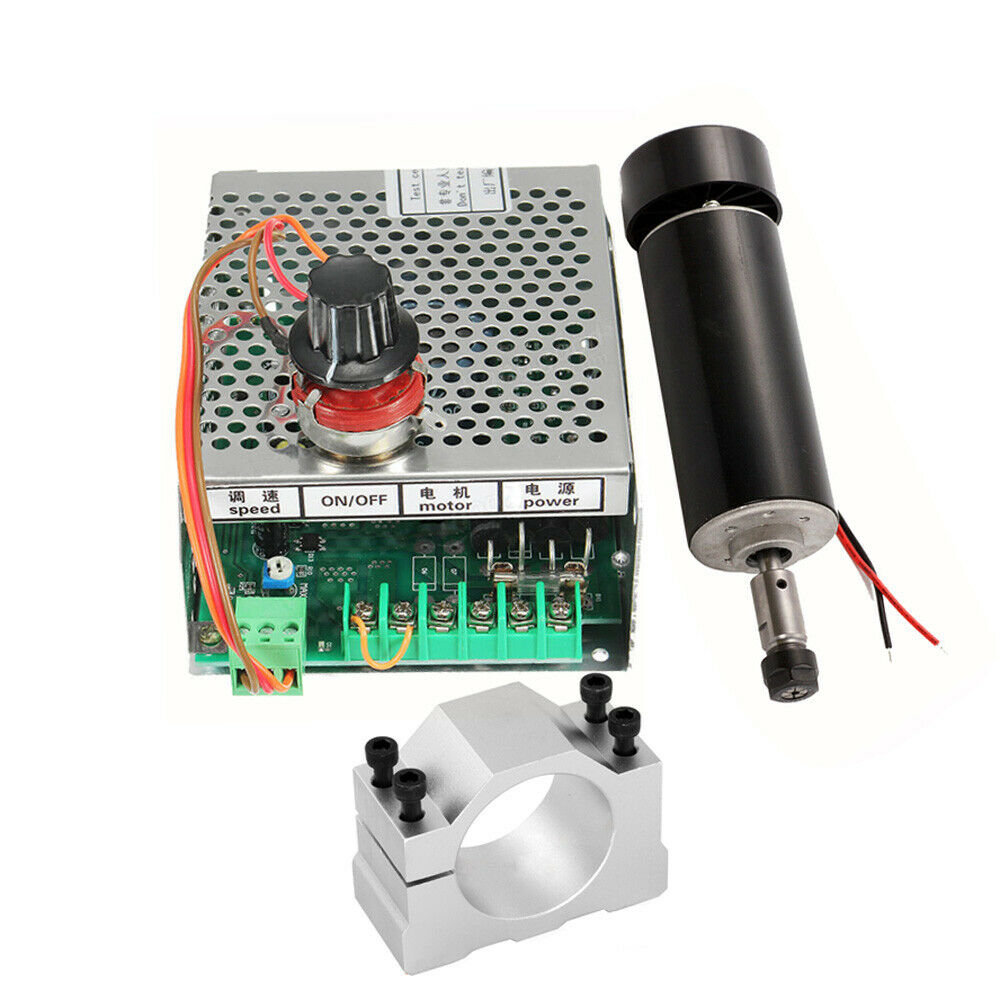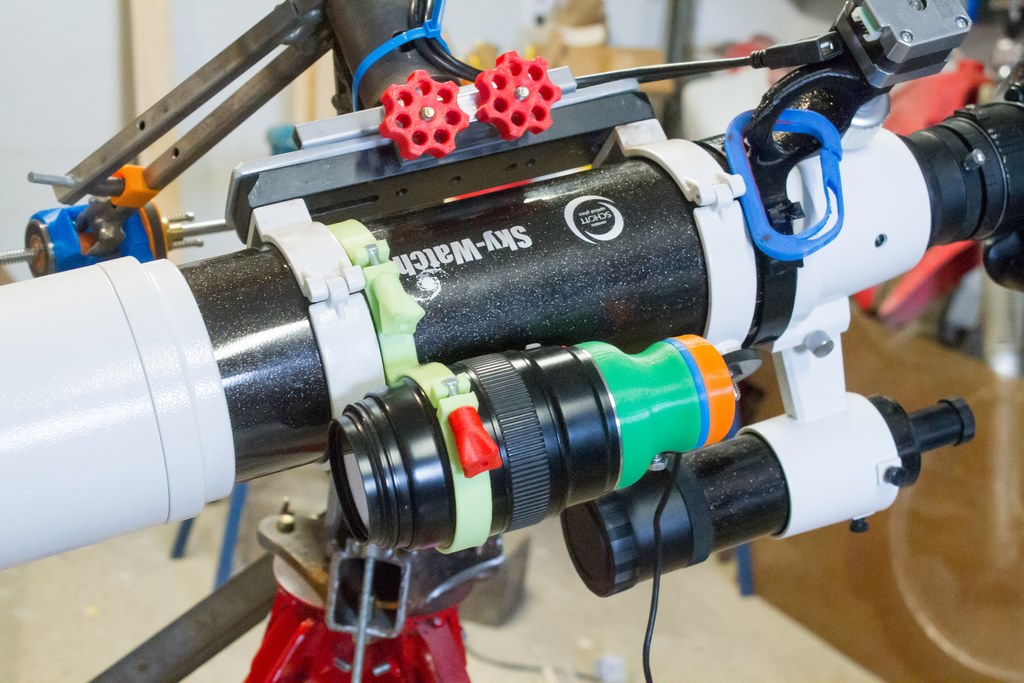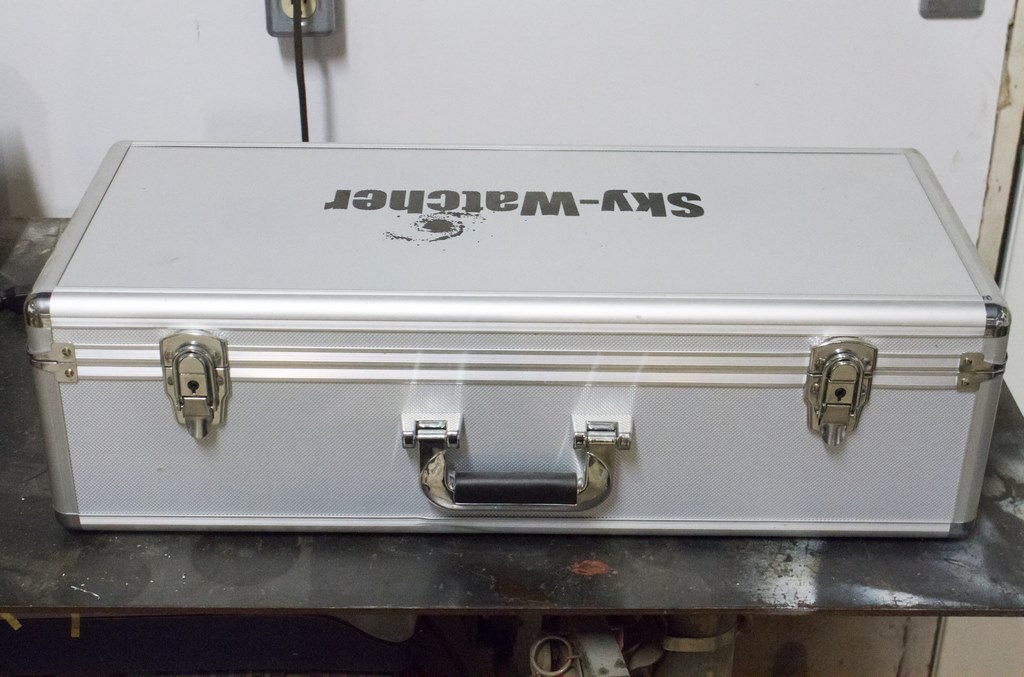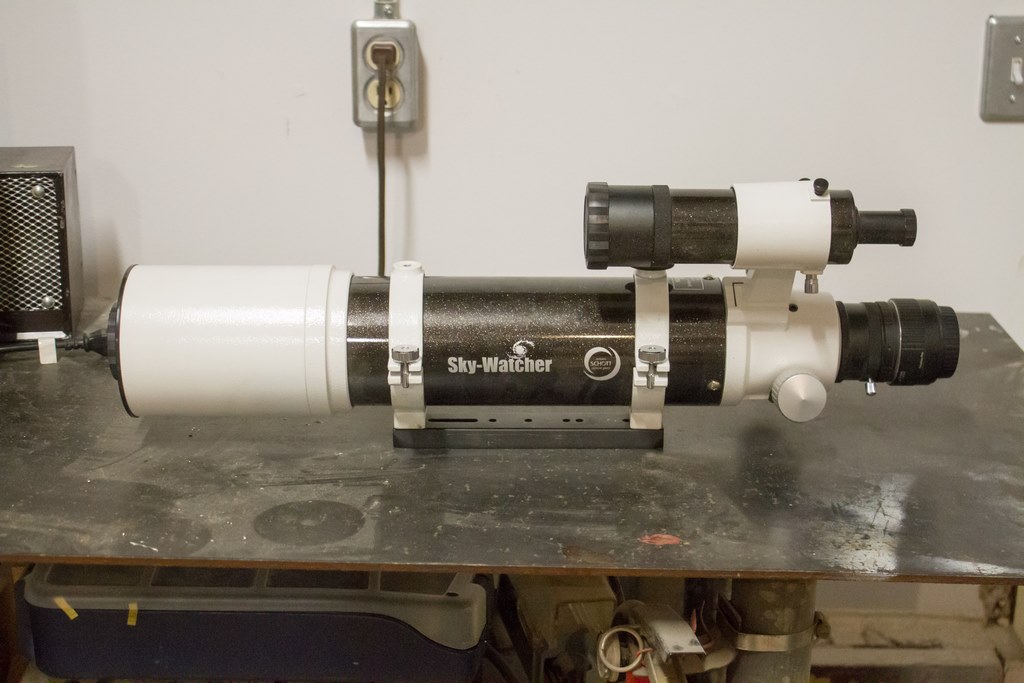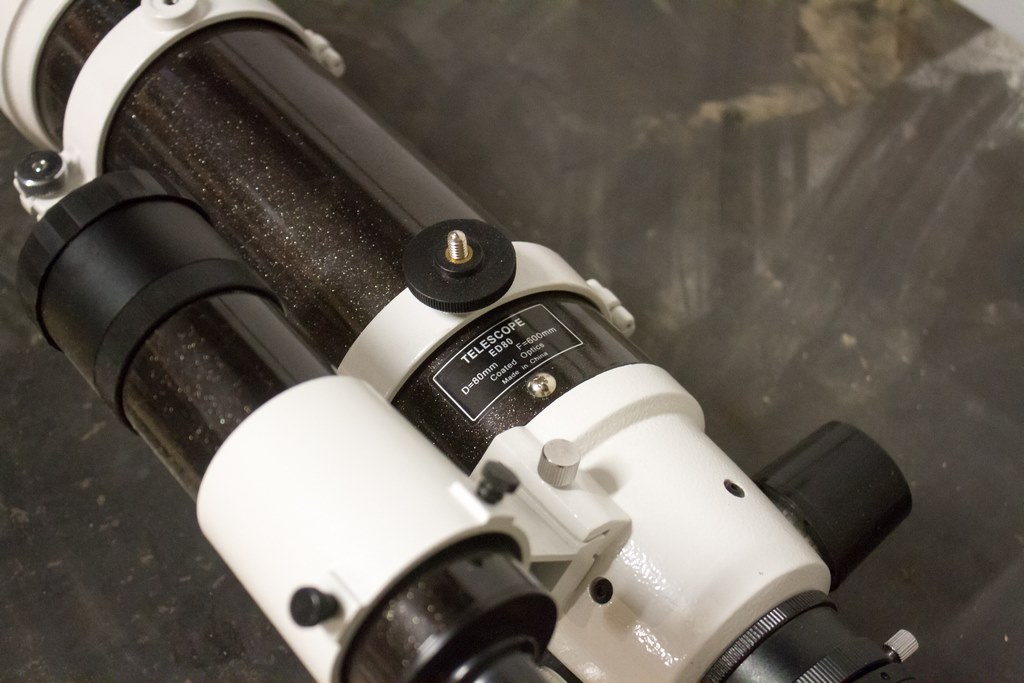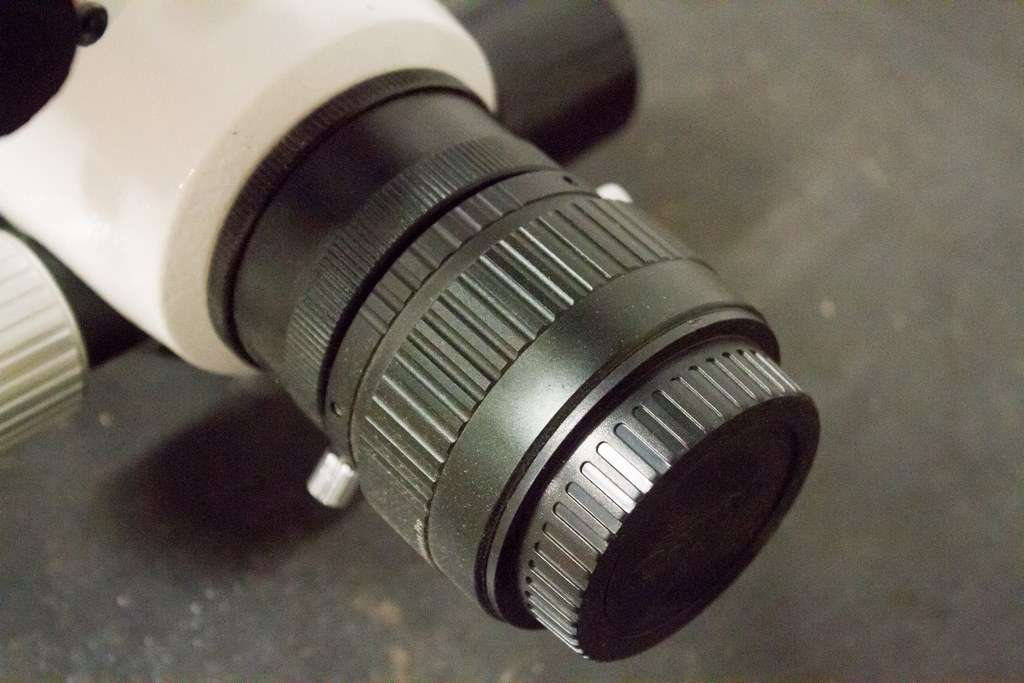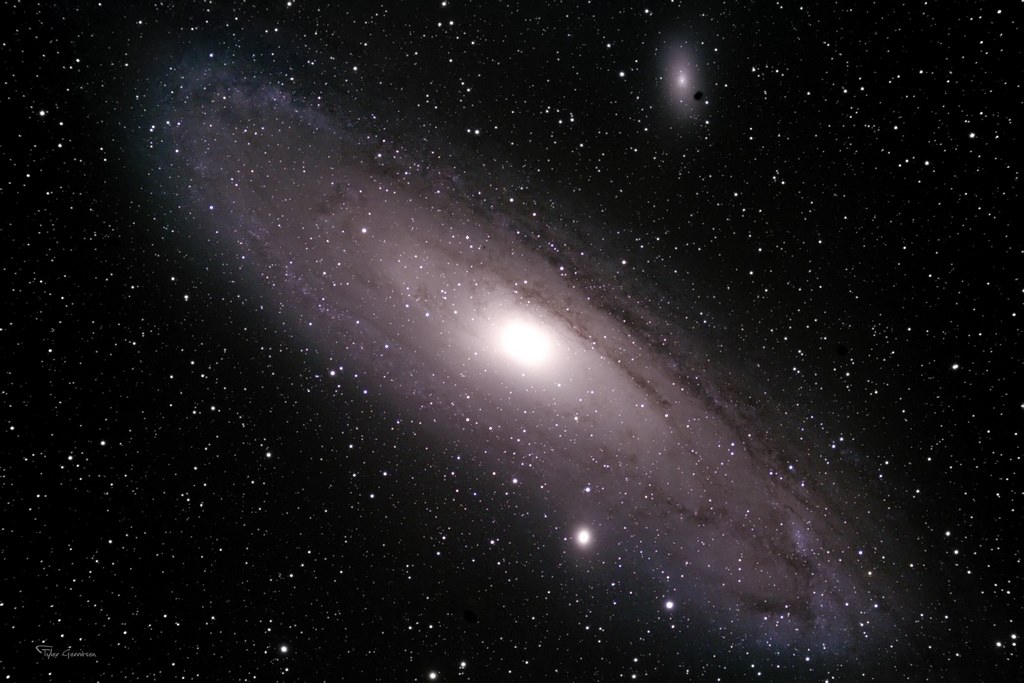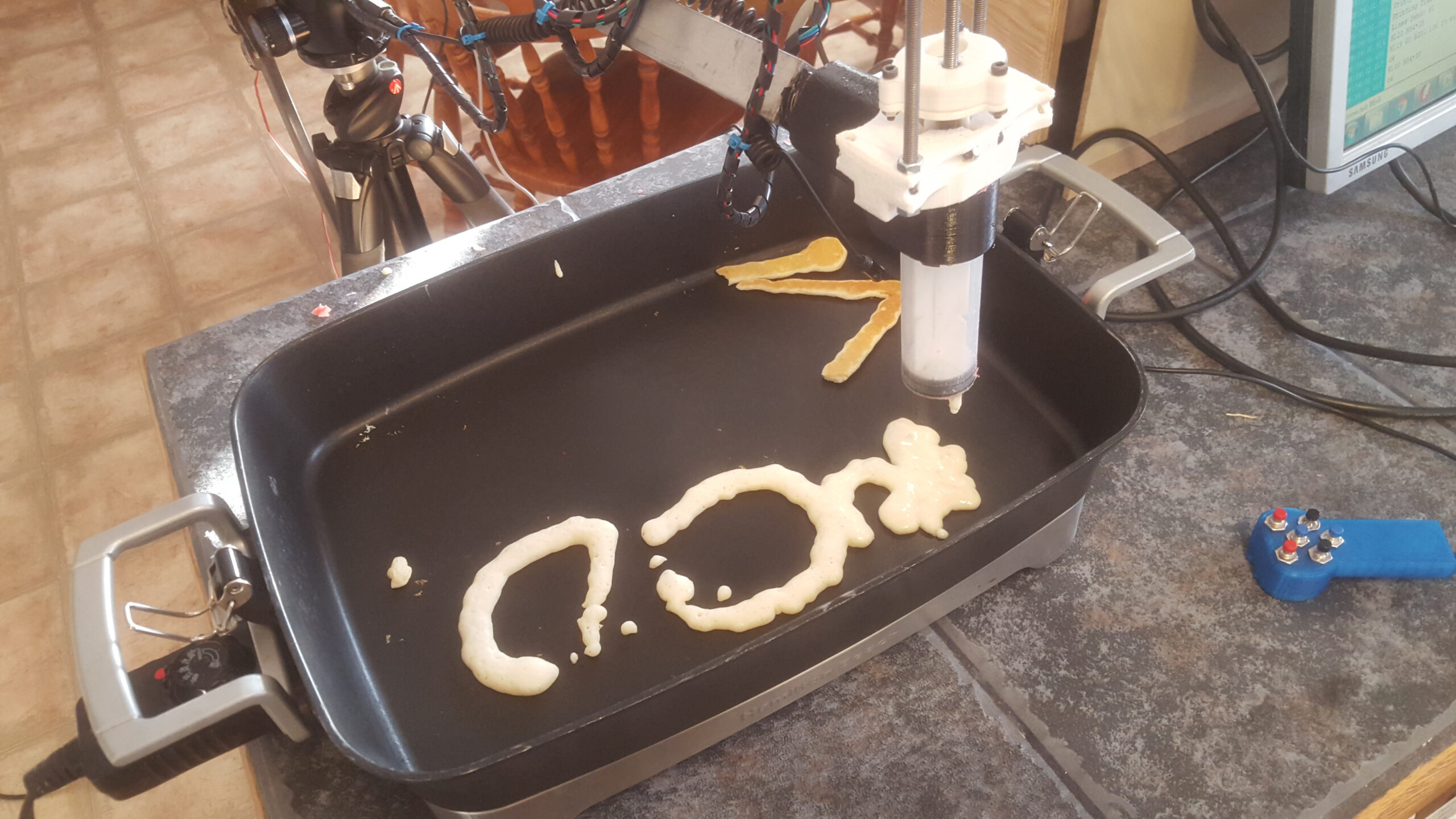A FULLY Plug-and-Play Tally Light
My church (like many others) recently began streaming sunday services. The staff had quite a job on their hands adjusting from a live audience with a small online presence to an online-only presence. Subtle communication between the ‘techies’ and ‘actors’ was difficult, but a simple tally light made it simple to send a queue to the staff on camera automatically. A tally light is simply a light that turns on when the camera is recording.
This tally light is a simple Raspberry Pi-based system which connects with OBS Studio over the network and illuminates a lamp when the camera is live. The system does not need any external input – it will find OBS studio and save its address for future sessions. If OBS studio moves to another PC, it will still find it. The camera illumination is configured in OBS studio, so no need to change anything on the tally light. Finally, if OBS Studio gets disconnected for whatever reason, the tally light will turn off and the Pi will immediately begin searching for OBS Studio again.

